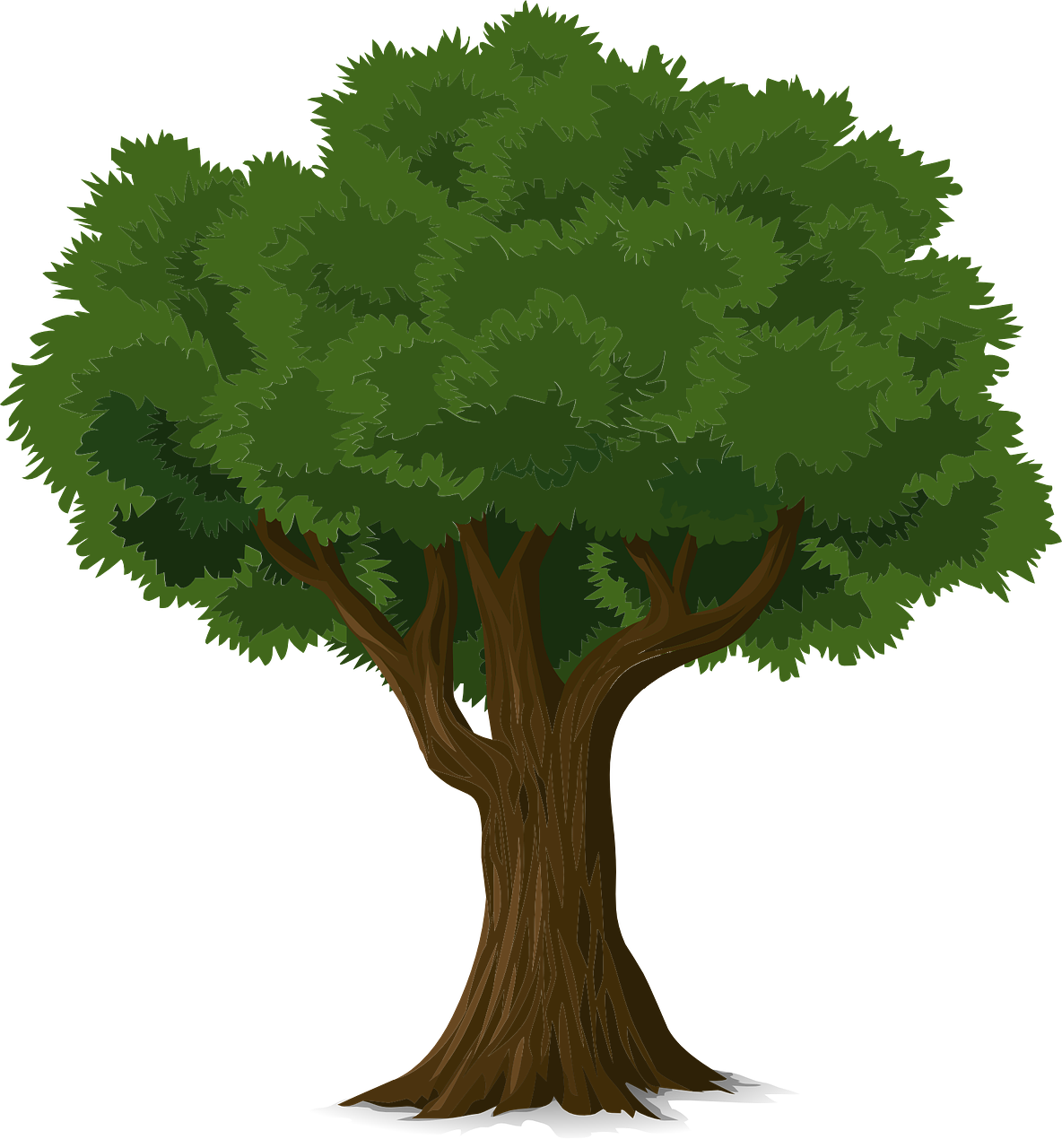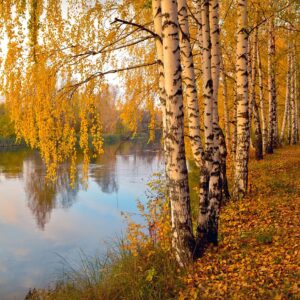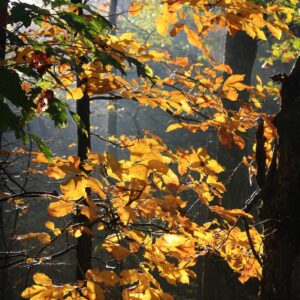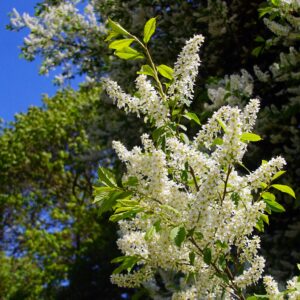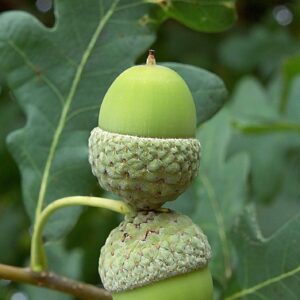The Black Gum tree (Nyssa sylvatica) is a distinctive deciduous tree native to eastern North America. The tree is used in landscaping and urban forestry due to its attractive foliage and fall color. Overall, the Black Gum tree is valued for its ornamental qualities, ecological importance, and useful wood, making it a notable species in eastern North American forests and landscapes.
Size and Growth: Black Gum trees typically grow to heights of 30-50 feet, occasionally reaching up to 80 feet. They have a relatively narrow, pyramidal to oval-shaped crown when young, becoming more rounded with age.
Leaves: The leaves are simple, alternate, and elliptical to obovate in shape. They are glossy green in spring and summer, turning brilliant shades of red, orange, and purple in the fall, making them a popular choice for autumn landscapes.
Bark: The bark of younger trees is smooth and light gray, developing shallow furrows and ridges as it matures. Older bark can become darker and more deeply furrowed.
Flowers: Black Gum trees are dioecious, meaning individual trees have either male or female flowers. Small greenish-white flowers appear in clusters in spring, attracting bees and other pollinators.
Fruit: The fruit of the Black Gum tree is a small, dark blue to purple drupe (berry-like fruit) that matures in late summer to fall. It is a valuable food source for birds and other wildlife.
Wood: The wood of Black Gum trees is heavy, strong, and difficult to split, making it useful for furniture, tool handles, and flooring. It is also known as “tupelo” wood in some regions.
Ecological Role: Black Gum trees are important in their native habitats, often found in wetlands, bottomlands, and along stream banks. They provide habitat and food for various wildlife species, including birds and mammals.
Adaptability: Black Gum trees are adaptable to a variety of soil types, including moist, acidic soils, but can also tolerate drier conditions once established. They prefer full sun to partial shade.

